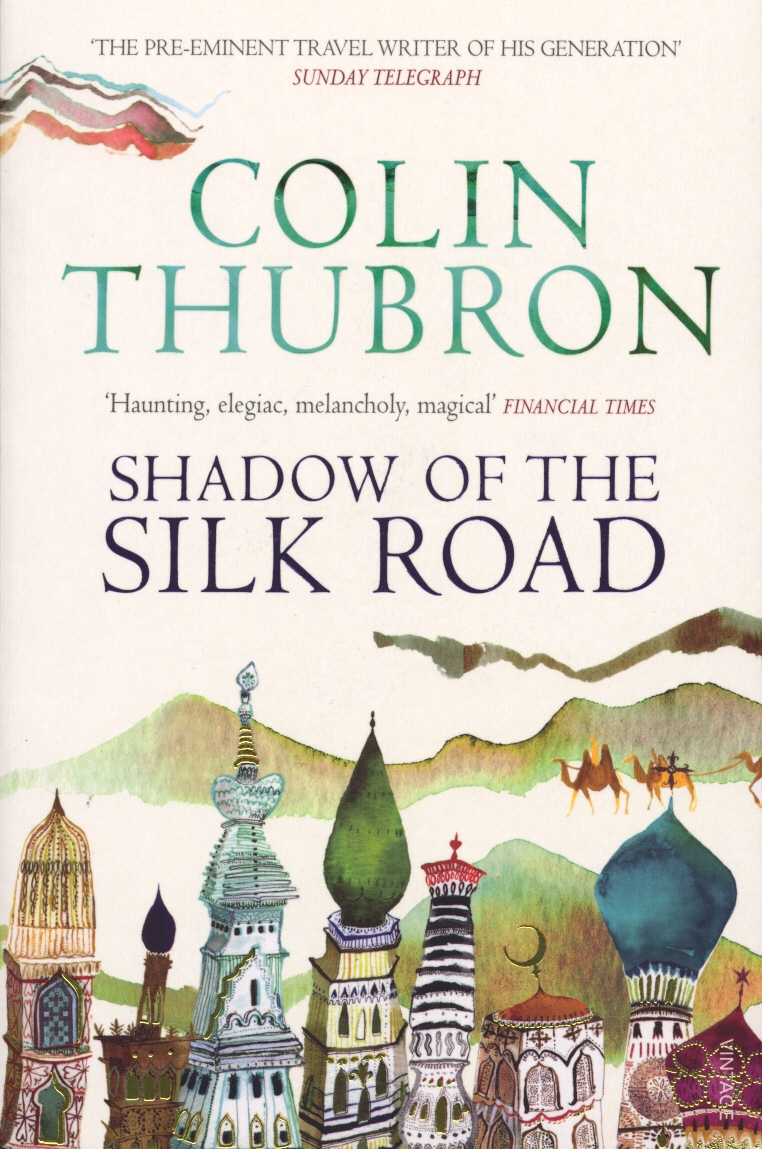

Colin Thubron’s "Shadows of the Silk Road" is a captivating travelogue that immerses the reader in one of the most historic routes in history. Thubron travels more than seven thousand miles from Xian in China to the ancient port city of Antioch in Türkiye, discovering different cultures, politics, and landscapes along the way. This review looks at the nuances that make Thubron's work a compelling read for historians, armchair travellers and anyone with an interest in the Silk Road.
British author Colin Thubron is known for his travelogues, in which he skillfully combines historical context and personal anecdotes. His earlier works such as "Behind the Wall" and "In Siberia" have cemented his position as a leading travel writer. Thubron has a unique ability to weave his narratives into the fabric of the places he visits, offering not just a travelogue, but a tapestry of interconnected stories and histories.
The Silk Road, often referred to as "the arteries of the ancient world"," was a vast network of trade routes linking the East and West from the 2nd century BC to the 14th AD. It connected the East and the West from the 2nd century AD to the 14th century AD. Historically, it not only facilitated the exchange of goods such as silk and spices but also of ideas, culture and even diseases. Even today, the Silk Road still captures the imagination, as it embodies a mixture of the exotic and the familiar.
"Shadow of the Silk Road" is not only a geographical journey of discovery but also an exploration of time and the human spirit. Beginning in Xian, Thubron makes his way through China, Kyrgyzstan, Afghanistan, Iran and Türkiye. Each stage of his journey is meticulously documented and offers an impressive description of the landscapes interwoven with rich historical narratives. Thubron’s prose is both poetic and precise, offering a vivid depiction of the different terrains he traverses. His ability to paint a picture with words brings the Silk Road to life and makes the reader feel like they are travelling with him.
Several recurring themes emerge, the most striking being the concept of the journey itself — both literally and metaphorically. Thubron explores themes of change and continuity, showing how the Silk Road remains alive despite centuries of change. Culture, identity and the clash between modernity and tradition are also effectively woven into the narrative. The strength of the book lies in its captivating quality. Thubron combines historical knowledge with personal experience and gives the reader a holistic understanding of the Silk Road. The vivid descriptions and detailed conversations with locals enrich the narrative and make it more than just an account of the places visited. Although Thubron’s rich descriptions are a strength, they can sometimes slip into indulgence. Some readers may find the pacing uneven, especially in the sections that are overloaded with historical detail.
In Shadows of the Silk Road," Colin Thubron accomplishes the monumental task of retracing the steps of an ancient route, offering the reader not just a travel book, but a complex exploration of history and culture. It's a journey worth taking, whether you are a seasoned traveller or an armchair adventurer. For anyone interested in the intersection of history, culture and human experience, Thubron’s work is a testament to the enduring appeal of the Silk Road.
Szabolcs Veres is a researcher at the Eurasia Center
Publisher: Vintage Books
Publication date: 2007
ISBN: 978-0099437222
Pages: 384